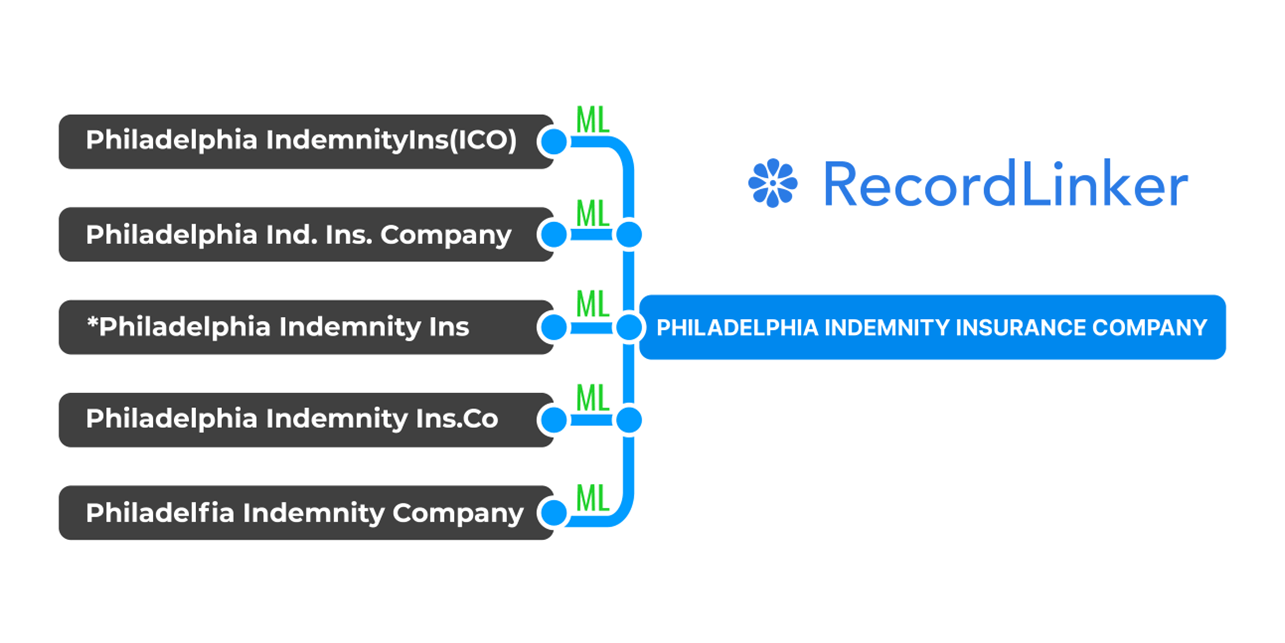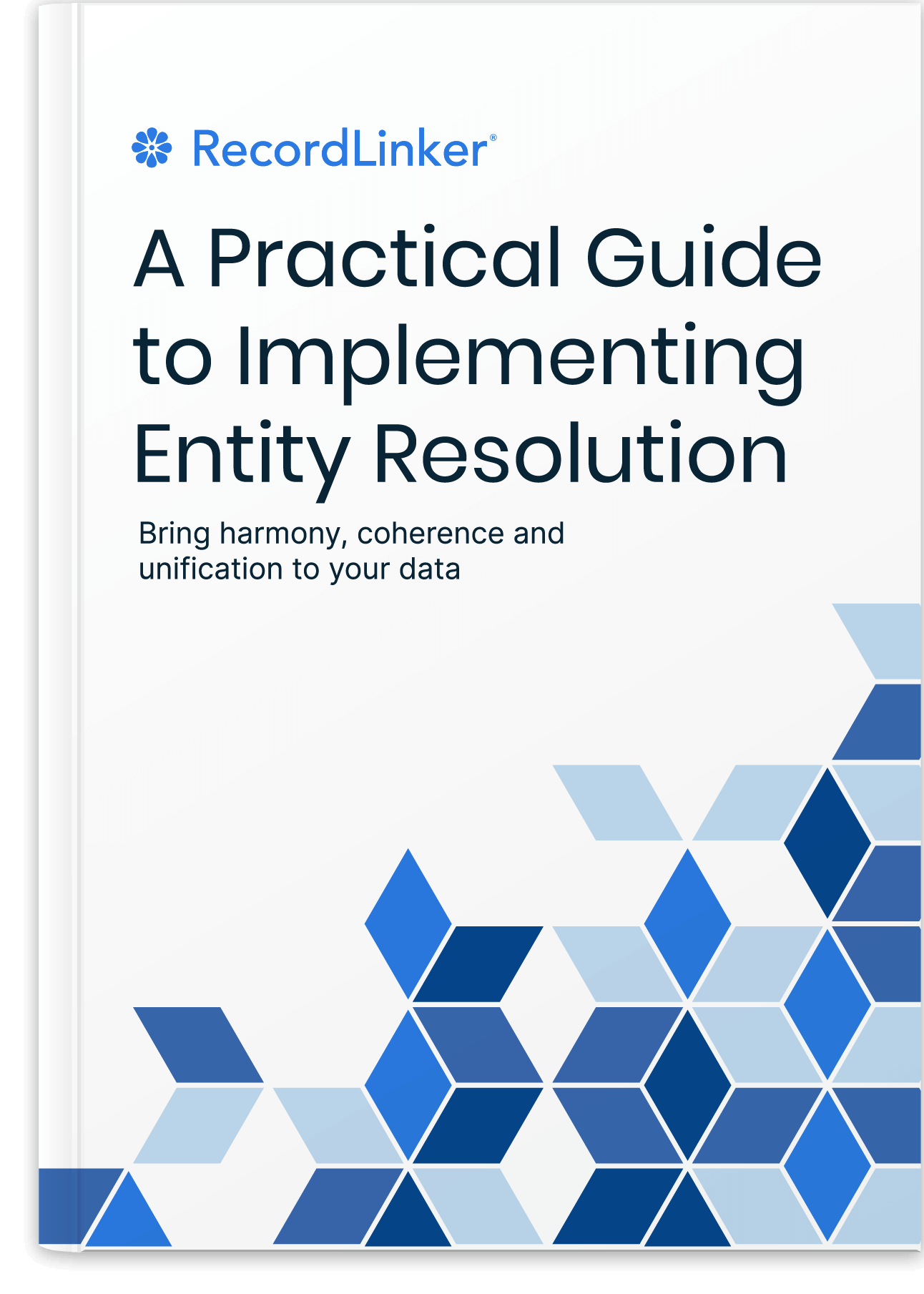Data Preprocessing vs. Handling Business Systems Upstream

Raw business data tells a messy story. Different systems capture information in their own ways, following local rules that made sense when someone wrote them down years ago. Sales records use one date format, HR another. Financial systems round numbers differently than inventory tracking does. Customer IDs change meaning as they cross system boundaries.
What Makes Data Preprocessing Critical
Enterprise data preprocessing tackles more than data cleaning. Each system maintains its own data models and validation rules. When data moves between systems, simple standardization breaks down.
Data preprocessing transforms raw (or source) data into usable formats. In single-system scenarios, this typically means cleaning values and standardizing formats. But enterprise environments face more demanding requirements:
- Converting between system-specific data types.
- Transforming in line with business rules, not just formats.
- Preserving context during system-to-system movement.
- Maintaining audit trails across transformations
Core Preprocessing Tasks
Data Integration
Data integration demands more than technical combination. Record linkage must match entities across systems. Information needs to get combined while business context needs to be preserved.
Data Transformation
Real systems need complex transformations beyond simple cleaning. Customer status in CRM might mean something different in billing. Product categories that work for marketing might not match warehouse needs. Each transformation must preserve business meaning while meeting technical requirements.
Data Cleanup vs. Preprocessing
Data cleanup focuses on fixing obvious problems like missing values, outliers, duplicates. Data teams remove errors, standardize formats, and resolve inconsistencies. This makes data usable usually within a single system context.
Data preprocessing tackles deeper structural challenges. It transforms data coming from systems or between systems while preserving business meaning.
Real systems need both preprocessing and cleanup!
Enterprise systems generate data quality issues that need cleanup:
- Missing values.
- Duplicate entries.
- Inconsistent formats.
- Special cases and outliers in data.
But they also face preprocessing challenges that cleanup can’t solve:
- Status meanings vary between systems.
- Hierarchies differ across business units.
- Financial calculations follow system-specific rules.
- Regulatory requirements demand different data views.
- Business rules vary between systems.
Data Preprocessing and System Integration
Data preprocessing transforms raw data into analysis-ready formats. In enterprise environments, this means:
- Converting data types and formats.
- Handling missing or invalid values.
- Standardizing representations.
- Deriving new features from raw/source inputs.
But preprocessing intersects with deeper system integration challenges. A clean customer record from CRM might need complex translation for billing systems. Product data needs different preprocessing for warehouse management than for marketing analysis.
But if you need data just for reporting, you can just create filters in your BI tools, right?
The Quick BI Fix Trap
BI tools excel at analysis and visualization, they help purposeful stories about data. They help users explore data and find patterns. But when we force them to handle complex data transformations, we create reporting debt that compounds over time – much like technical debt.
What it means is the underlying structure of your reports:
- Piled-up filters.
- Transformation rules.
- Exceptions.
- Various workarounds.
A sales dashboard might work perfectly until it encounters international data using different date formats. The quick fix adds date conversion logic to the dashboard. This starts breaking down as soon as someone needs those dates in a different format for another report. Now we have two conversion routines. As requirements grow, these transformations multiply.
This pattern repeats across the organization. Financial analysts may build currency conversion logic into their reports. Marketing teams craft customer segmentation rules that depend on specific data formats. Operations staff maintain complex mappings between system identifiers. Each solution solves an immediate problem while making the overall system more brittle.
The real costs reveal gradually. Performance degrades as BI tools repeatedly transform raw data. Simple queries become complex calculations. Maintenance becomes difficult when business rules change. Updates require modifications across multiple reports and dashboards. Data quality issues only hide behind layers of transformation.
By reporting using messy data while fixing it in dashboards, you still keep messy data in your source systems.
Data in core systems is there to serve the business first.
Ultimately, when numbers start to look wrong, analysts waste more and more time hunting through chained calculation rules. Knowledge becomes less accessible, and reporting becomes increasingly more laborious. New team members struggle to understand why transformations work the way they do.
Check our article about building simple analytics for insurance agencies and brokers. It discusses how data from different systems of the same category (in this case Agency Management Systems) can be brought into a data mart. We also present data conversion as a desired way to deal with data from multiple systems that deals with many problems that would otherwise end in your data mart and then require a lot of effort in reporting.
Now, how do organizations respond?
Approaches Beyond Quick Fixes
ETL tools move data efficiently between systems. They handle technical conversion and maintain operation logs. But they struggle with business meaning. A customer status needs more than format changes – it needs context-aware translation that ETL tools can’t provide.
Master Data Management systems try to enforce data standards across the enterprise. They maintain “golden records” for core entities like customers and products. But rigid standardization conflicts with legitimate system-specific needs. Marketing needs rich product attributes while warehouses need lean storage data. We are livid critics of using centralized MDM solutions or sabotaging your systems with Single Source of Truth, and we talk at lengths about these.
Manual processes fill the gaps. Especially for data conversion, data analysts do a horrible amount of manual work or use one-off scripts that break. It’s not uncommon for business users to maintain spreadsheets for handling edge cases. Your teams build workarounds that solve today’s problem while adding to tomorrow’s technical debt.
The Unseen Data Heroes of Insurance – Listen to Our Guest Episode
Our founder, Roman Stepanenko, shares insights into challenges of data administrators and data conversion teams in insurance.
Discover the gaps in the process, and the reality of manual workflows of insurance's data people. They are some of the most hard-working and unnoticed 'silent teams'.
Data conversion analysts, business systems analysts, implementation specialists, and data admins keep large brokers going after agency acquisitions.
Being Effective About Data Preprocessing
System independence brings unavoidable data differences. Source systems follow their own logic, maintain their own structures, and serve their own business needs.
Trying to force standardization across systems creates more problems than it solves.
Effective data preprocessing starts with accepting fundamental truths about enterprise data. Source systems will always have differences.
What principles could we use to direct your data preprocessing efforts and reporting the right way?
Preserve source data in its original form. This creates an audit trail and lets teams rebuild transformations when business rules change. Raw data often contains valuable context that transformed data sets lose.
Handle transformations explicitly. Instead of hiding conversion logic in reports, maintain clear mappings between different data representations. When source systems change, update these mappings in one place.
Build transformation services that separate concerns while preserving system autonomy. Let each business unit maintain its specific rules while sharing common transformation patterns.
Monitor data quality at transformation boundaries. Catch problems early, before they propagate through analytical systems. Validate post-transformation/conversion.
The System-to-System Challenge
Some businesses acquire other organizations or deal with a necessity to convert data into the main system like Agency Management Systems (or an installation of such a system) for insurance brokers e.g. Applied Epic or Vertafore’s AMS360.
Data conversion between systems presents unique challenges that standard preprocessing techniques struggle to address. Each system implements its own data model, business rules, and validation requirements. These differences often have their grounding in legitimate needs while specific architectural choices amplify them.
A financial services company might use multiple systems to handle customer accounts. The onboarding system captures detailed customer information, while the transaction processing system needs only specific account details. Moving data between these systems requires complex transformation rules that preserve business meaning while adapting to each system’s requirements.

Technical Problem or a Business Challenge?
The main problem in making your data clean, standardized, and ready for use is often not about technology. Most likely your systems reflect the reality of how new records get created. Unless largely automated, the years of work have accumulated mistakes, records with weird prefixes, weirdly linked entities etc.
The main problem in keeping everything tidy in systems of a large-scale organization is usually the lack of proper tools for your data admins. Even tasks like creating 100 employees could be a real unscalable hurdle of creating new records one by one based on clicking through multiple screens over and over.
This problem is apparent in data conversion scenarios, which are underserved in a way they are mostly manual, and happen through obsolete mapping portals, involving mapping records and versioning them in Excels, which is a terrible, unscalable idea. The point is that it makes people miserable.
The problems with your data aren’t about lack of technology. They are about lack of usability and chaotic workflows based on manual work.
What we mean is that if you think about scalability of both operations and reporting, don’t rely on just cover up your problems with preprocessing data at the final level of your reporting tools. If you want clean reporting, you need to take care of your source data – and it will pay dividends in operations too.
Your Business Systems Analysts, Data Conversion Specialists, Implementation Specialists, and Integration Specialists already know how to improve your data. They just lack proper tools to keep up with the volume of work. Address their needs – this is the right path to better data and limiting poorly understood data preprocessing happening at the end to solve symptoms of a deeper problem.
RecordLinker: User-Friendly ML for Data Conversion and Administration
Are you acquiring businesses, migrating operations, or consolidating business systems? Do you have a system that suffers from duplication in entities due to persistent data migrations or data entry volume?
Free Book: Practical Guide to Implementing Entity Resolution
Interested in implementing an in-house record matching solution with your own development team without using any outside vendors or tools?

We are primarily known for helping some of the top 100 US P&C brokers with their data conversion (mapping data from one acquired system to the destination system post-M&A).
RecordLinker is not an off-shelf product. To really help you, we need to understand your data model, the flavor of your problem, goals, and opportunities for integration to preconfigure our system. Only then we can deliver exceptional value.
Please, feel free to contact us for a demo.
RecordLinker gives an actual useful environment with interface that helps people reorganize their work efficiently when compared with native tools and spreadsheet-heavy labor.
We provide a no-cost trial, allowing your data team to see that meaningful, positive change is finally possible.
Data Preprocessing Wrapped Up
Source systems shape how your organization creates and uses data. Each system follows its own logic, maintains its own structures, and serves distinct business needs. When you push complex transformations into reporting tools, you mask problems while creating technical debt.
Better data preprocessing starts with your source systems. Give your data teams proper tools to handle system-specific rules and transformations. Only then actual data preprocessing can serve reporting purposes rather than becoming an attempt at dealing with data issues before any reporting can be done.
Build explicit data conversion processes that preserve business context. Monitor quality at system boundaries, not just in final reports. This approach pays off both in cleaner analytics and in more efficient operations. Your business systems already contain the knowledge needed for proper data transformation – you just need the right tools to put that knowledge to work.
Effective path to data preprocessing starts with accepting these truths:
- Source systems will keep their differences.
- Perfect standardization creates more problems than it solves.
- Business rules change faster than technical implementations.
- System boundaries need explicit handling.
You don’t need more filters and calculations in your BI tools. You need better data.
No amount of downstream cleanup can fix fundamental issues.
Suggested Reading about Data Standardization
Take a look at our recommended reading list for practical and easy-to-understand resources. We cover topics in-depth to help you gain greater understanding of all things related to entity resolution. Prepare for the right choices about your data management:
- Large-Scale Data Mapping Tools and Techniques
- Automating Data Standardization with ML
- Post-M&A Integration: Making IT System Consolidation Effective
- Best Practices for Data Stewardship
- [Guide] Data Conversion Explained
- Normalizing Names of Vendors, Suppliers, and Companies
- Data Integrity During Ongoing Data Management and Migrations



